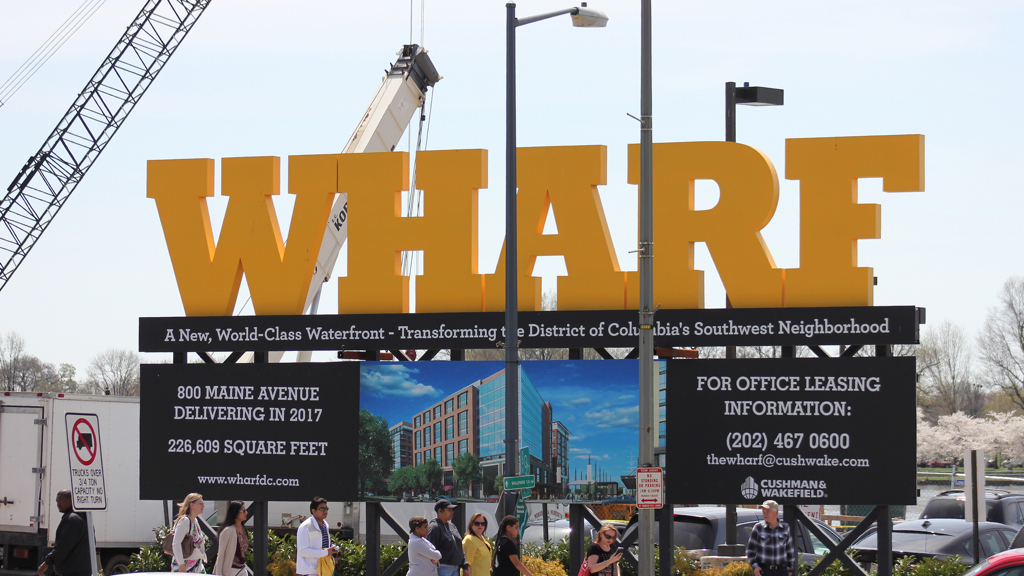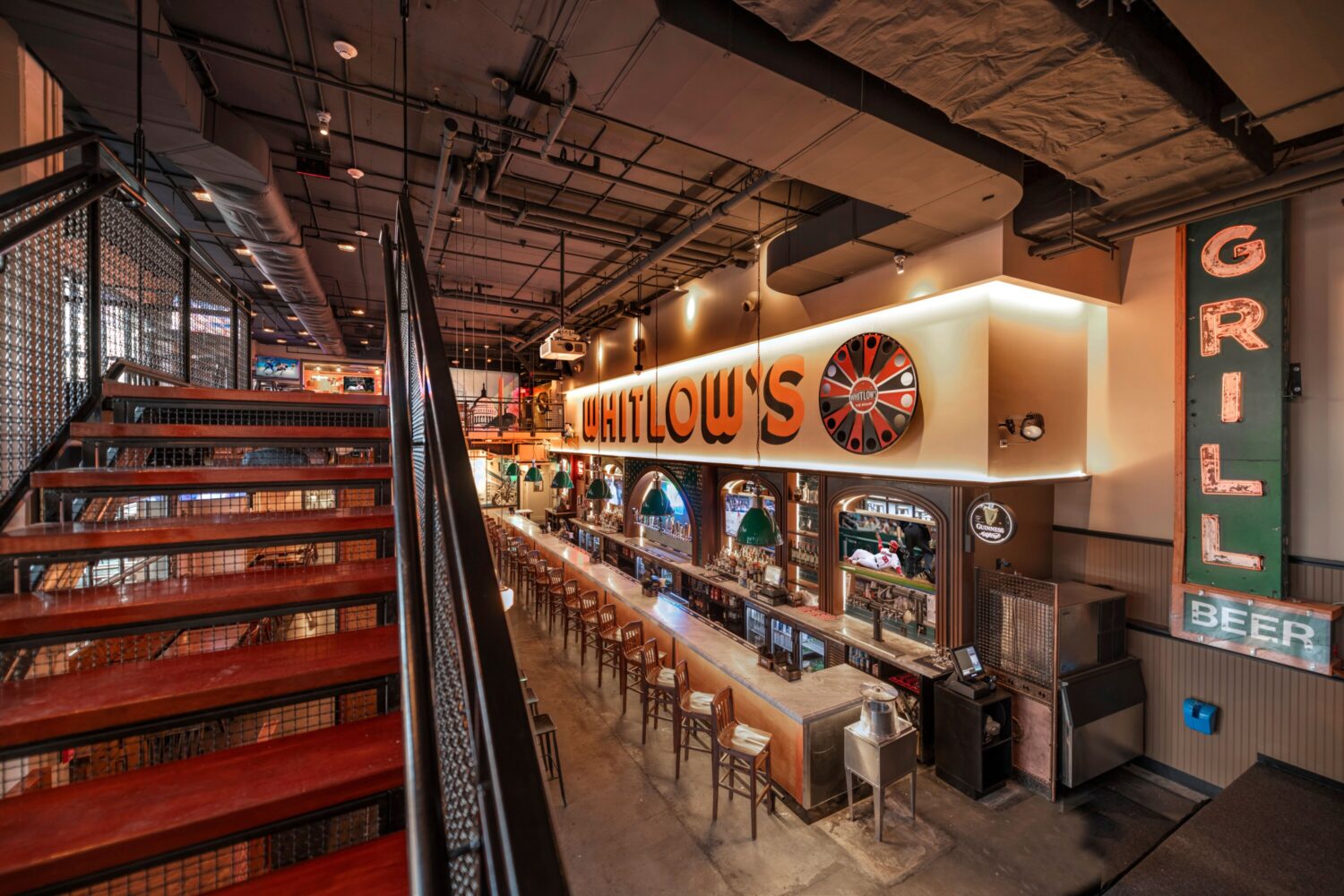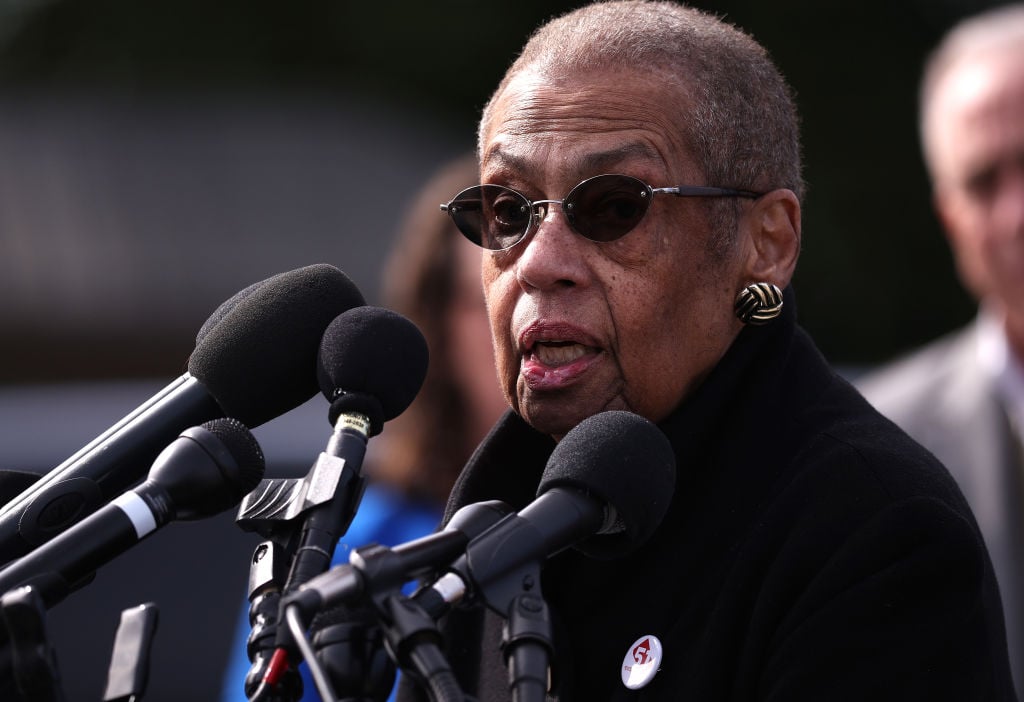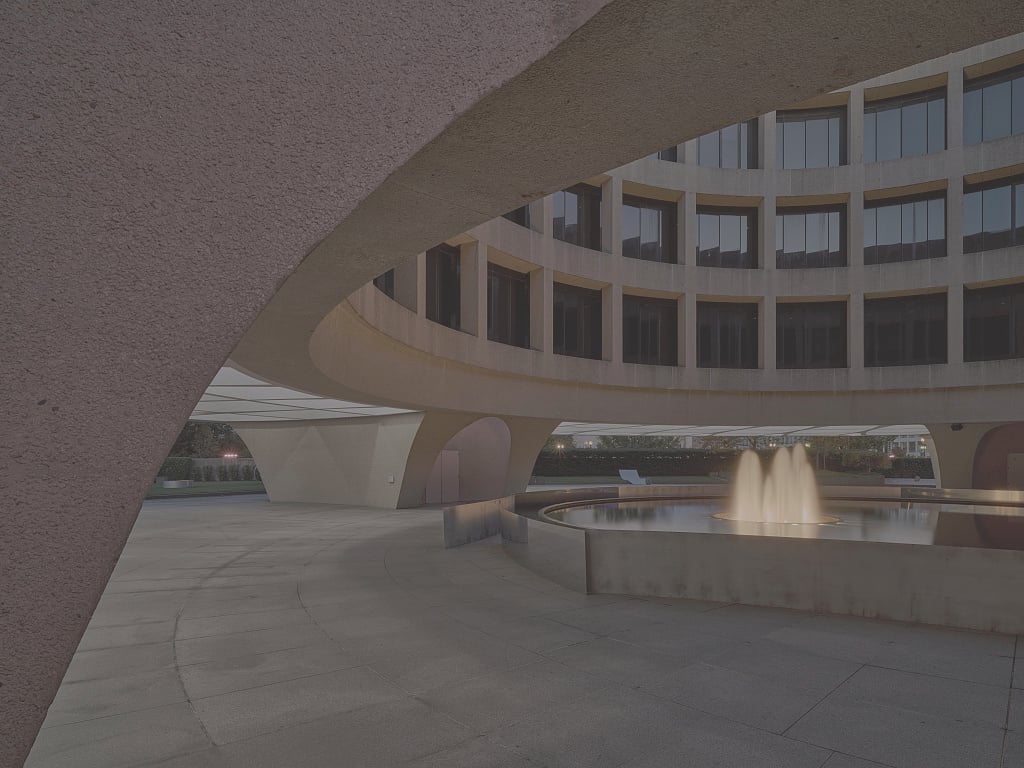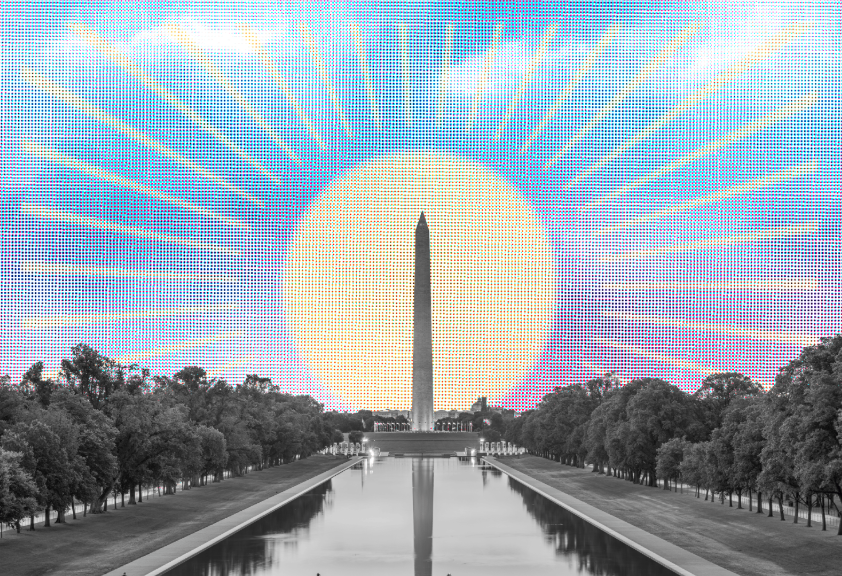Representative Rod Blum, an Iowa Republican, ticked off DC residents earlier this week when he tweeted his apparent desire to see the District hit by a crippling economic downturn.
“Washington DC is booming. Tower cranes everywhere. Being built on the backs of US taxpayers. DC needs a recession,” Blum wrote in the offending tweet, which was accompanied by a photo of seven construction cranes looming over Southwest DC. Blum fired off the message late Monday, but it was not noticed until Tuesday evening, when it began to pick up the ire of the locals.
Washington DC is booming. Tower cranes everywhere. Being built on the backs of US taxpayers. DC needs a recession. pic.twitter.com/BcE8kRPfUq
— Rod Blum (@RodBlum) March 21, 2016
@RodBlum are you high right now?
— john r stanton (@dcbigjohn) March 23, 2016
@RodBlum Seeing a Congressman wish for a recession in ANY part of the United States is disgusting. I hope you lose your job in November.
— Adam (@Ryegeleye) March 23, 2016
@RodBlum are you stupid?
— Jonathan Rogers (@JRogers202) March 22, 2016
Oh look, here it is: this week’s worst tweet https://t.co/4ICa5z5mbd
— Christopher Ingraham (@_cingraham) March 22, 2016
@RodBlum Yes. The entire city is devoted to the fed gov. No universities, private business, city functions, or citizens. Idiot.
— Benedict the Mad (@benedictthemad) March 23, 2016
@RodBlum come east of the river jackass
— T. (@wlfpack81) March 23, 2016
look at this cornball motherfucker https://t.co/7kFizxUJlE
— bric flair (@WaltWhipman) March 23, 2016
More cornball than Blum’s Monday-night spell of DC Twitter-bashing is that it wasn’t the first time he made that lame comment. Last October, he posted a similar tweet that featured tower cranes over Southwest DC and a call for a micro-targeted recession.
EIGHT tower cranes in 6 block radius. We need to cause a recession … in Washington DC. pic.twitter.com/bTBdjSqQZo
— Rod Blum (@RodBlum) October 23, 2015
To boot, it’s not even Blum’s joke. He appears to have lifted it from former Florida Governor Jeb Bush, who a week earlier attempted to stimulate his now-defunct presidential campaign by suggesting he would “create a little bit of a recession in Washington, DC, so that we can have economic prosperity outside of Washington.” Sigh.
But Blum’s error isn’t just that he’s stealing low-energy jokes. He’s using blatantly inaccurate photos to prop up his recessionary wishes. The photos in both tweets depict The Wharf, the massive, $2 billion development project along the Southwest Waterfront set to open in 2017 with hundreds of apartments, condominiums, and hotel rooms, and more than 1 million square feet of retail, commercial, and cultural space.
The Wharf is not being paid for by federal taxpayers. The first phase, costing about $1.2 billion, is funded by development firm PN Hoffman’s own equity, other private equity, $400 million of debt fronted by just about every big bank with a local presence, and $145 million in tax increment financing bonds backed by the DC government. In other words, Blum’s constituents in northeast Iowa aren’t on the hook for The Wharf, DC taxpayers are. The Wharf is also supporting hundreds of construction jobs. A spokesman for PN Hoffman tells Washingtonian the project currently averages about 275 workers per day, a figure that will rise to 350 this fall, and 1,000 sometime in 2017 when the site’s many buildings are topped out. Once The Wharf is open, it is expected to support 1,000 permanent service-industry jobs, at least 51 percent of which are required to go to District residents.
What’s also likely lost on Blum, whose office did not respond to requests for comment, is that the District did not weather the Great Recession as strongly as it sometimes appears. While wholesale redevelopments of 14th Street, Northwest, Shaw, and Mt. Vernon Triangle offer images of economic prosperity, Washington’s overall recovery since 2009 has been relatively sluggish. A Brookings Institution report published in February found that the Washington region ranked 71st in economic growth and 92nd in prosperity out of 100 US metropolitan areas. Brookings’s researchers reported that between 2009 and 2014, the area’s productivity declined by about 0.3 percent, average wages fell by 0.2 percent, and the overall standard of living—measured by the gross metropolitan product divided by the area’s population—sank 3.9 percent.
At the recession’s nadir, the District’s unemployment rate hit 12 percent—worse than the national peak of about 10 percent—though the region at large only hit a relatively modest 7 percent. And in the recovery years, Washington has had to shift its economy more toward the private sector as federal spending has contracted, making projects like The Wharf that much more important to the local economy.
Meanwhile, the unemployment rate in Cedar Rapids, the largest city in Blum’s district, has an unemployment rate of 3.7 percent, well below the national rate of 4.9 percent and DC’s rate of 6.5 percent. Perhaps Washington should be cheering for a recession in Iowa instead!

